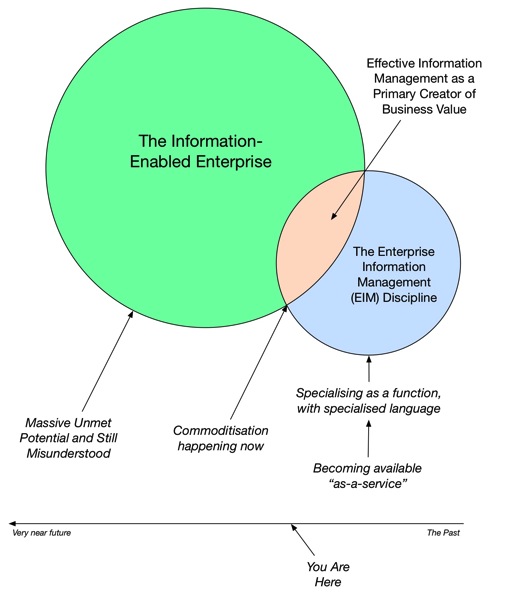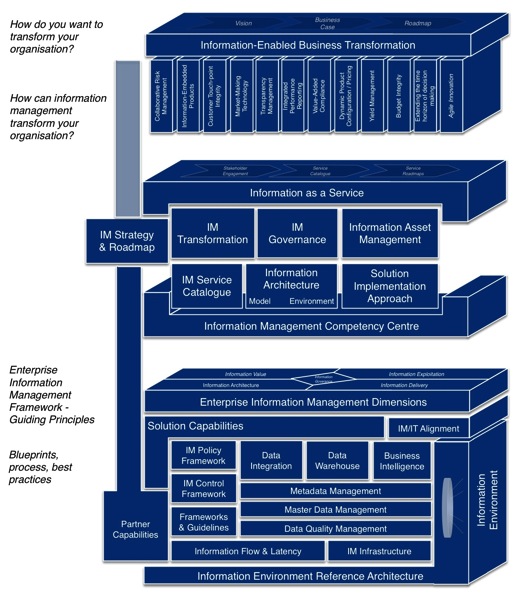A16z Podcast: Engineering a Revolution at Work | Andreessen Horowitz: “today’s cloud-based tools change the role of managers”
Including this:
“Theses are the things to me that are just these huge cultural shifts in how you manage an organisation. What your role of a manager is in a meeting is no longer to be reported to. Because frankly if you want to know, you should just go to the place that everybody on the team is already using to keep track of there information. When you get everybody together it shouldn’t be to argue the pros and cons of how the information was gathered, or is it the right number, or is the number pivoted the right way. We wall agree, this is the number, is it good or bad? What should we do as an organisation to change that number?”
Given the premise of this blog, and the time I’ve spend in information management, to see the idea that technology can effect what it means to manage is always pleasing.
And this:
“It’s not that you’re going to look at a 15 page status report and say ‘how can I do a 15 page status report in this tool?” or look at this giant tracking spreadsheet and say ‘how do I do this in a tablet?’. What’s happening is new tools… The tools are now five years old, or at the very least two or three years old, and all of the sudden we’re seeing this explosion in new approaches to the work products themselves and that’s what’s particularly exciting right now… There’s enough experience with the form factor to say now we don’t just have to do it the old way.”



